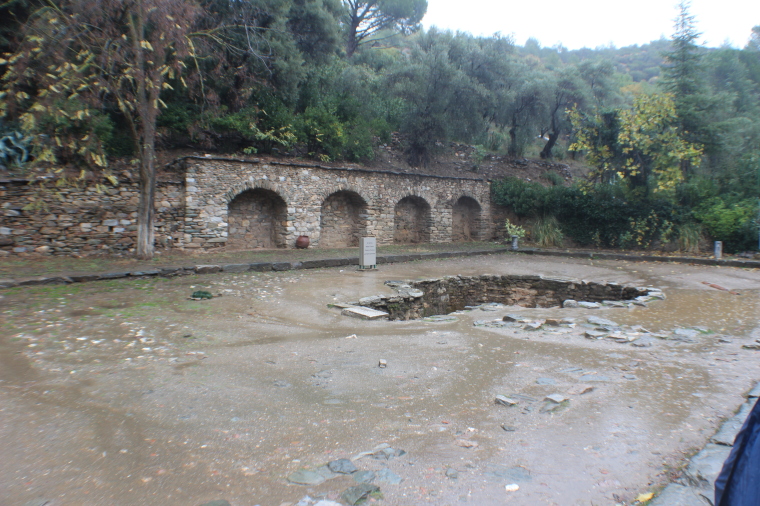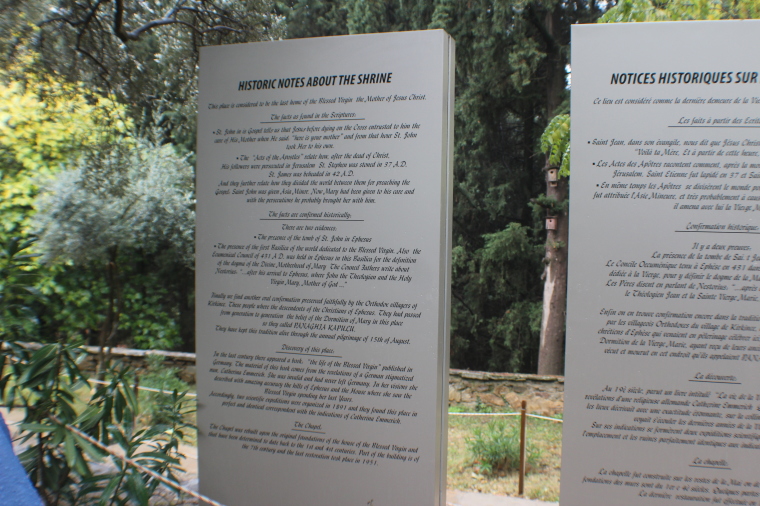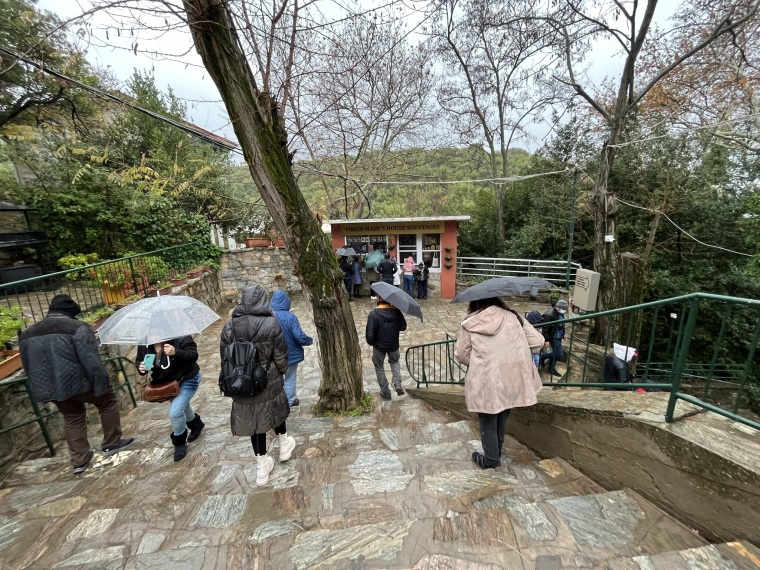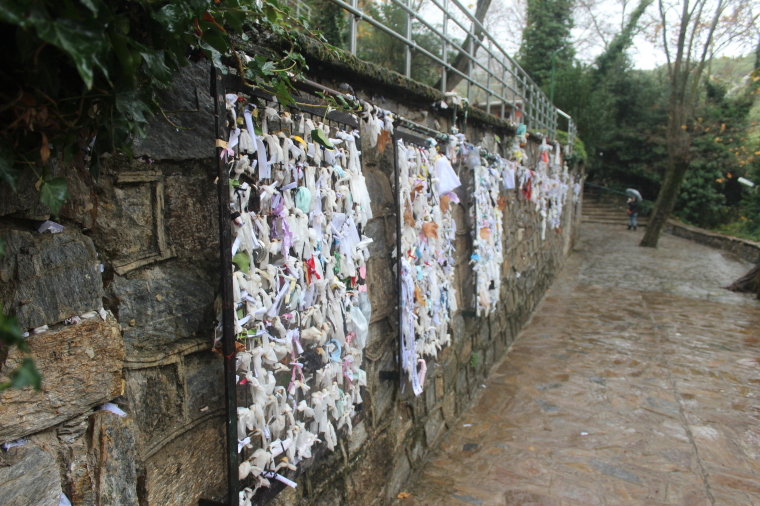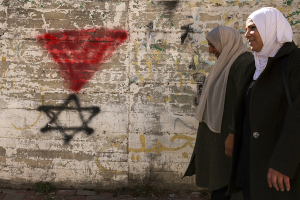Touring site where some believe the Virgin Mary spent her final days
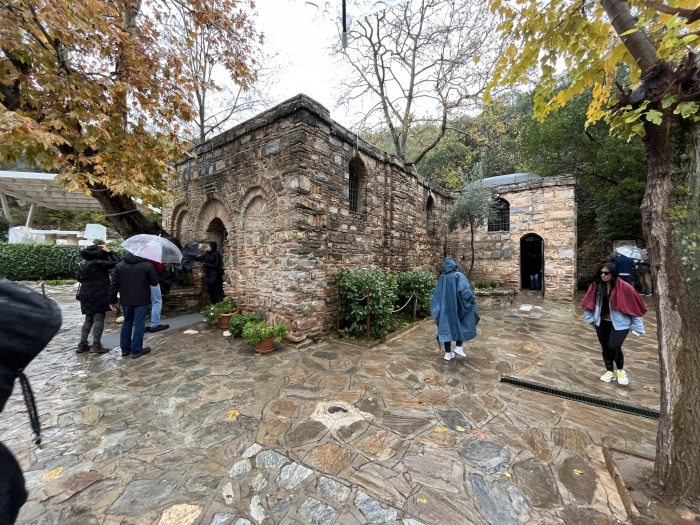
IZMIR, Turkey — Among the most compelling Christian sites to visit in Turkey is a small shrine dedicated to the Virgin Mary just outside the ancient city of Ephesus on the slope of Bulbul Mountain in Izmir. It’s believed by some to be where the mother of Jesus spent her final days.
Officially called the Ephesus House of Mary, the quaint building is popular among faithful travelers, many of whom weathered both cold and rain to see the attraction during a recent visit by The Christian Post earlier this month, courtesy of Turkey’s Ministry of Culture and Tourism.
On the way to the shrine, not far from the entrance is a key hole shaped cistern. There’s also a banner explaining why the site is believed to be where Mary spent her final days.
Scriptures show that during His crucifixion, Jesus entrusted the care of his mother to St. John, “the disciple whom he loved” in John 19:25-27 and the author of the book of Revelation. The last time Mary is mentioned in Scripture, she is with the early church praying in the Upper Room in the Book of Acts 1:13-14 ahead of the day of Pentecost when the Holy Spirit is first poured out on the Church “in cloven tongues like as of fire.”
In the book of Acts, after the death of Jesus and the persecution of Christians intensified, it is shown how His disciples divided the world for the preaching of the Gospel and John was tasked with Asia Minor, now known as Turkey.
Some experts suggest that John was martyred and buried in Jerusalem like his brother, James, while others agree that he traveled to Ephesus, taking Mary along with him before he was exiled to the island of Patmos. He would eventually return to Ephesus, where he died and was buried.

Turkish officials contend that physical evidence supporting the shrine as the Virgin Mary’s final resting place are the presence of John’s tomb in Ephesus and the first basilica of the world dedicated to the mother of Jesus. They also point to claims made by descendants of Orthodox Christian villagers in Kirkince.
The discovery of the final resting place of the Virgin Mary was inspired by visions of a stigmatized German nun named Catherine Emmerich. In her visions, she described the house in the hills of Ephesus, where she believed she saw Mary spending her last days.
The place was found as described in 1891, and the chapel was rebuilt on foundations said to date back to the first and fourth centuries. Portions of the building also date back to the seventh century, while the last restoration of the chapel was done in 1951.
The interior of the building isn’t very large. There is a small room to the right upon entering and the rest of it is a large room with an altar that features a large statue of Mary and some interesting artwork. Taking photos or videos inside the secured room is strictly forbidden.
There is a gift shop facing the exit of the building where travelers can get souvenirs. The faithful can also collect water from a drinking fountain on the site, which is said to have special healing powers. Next to the fountain is what is known as the wishing wall, where people leave strips of paper or cloth containing their dreams, prayers or wishes, similar to the Western Wall on Temple Mount in Jerusalem but on a smaller scale.
It’s a compelling experience to visit the site, if only just to think about the idea that the mother of Jesus Christ lived and died in the space where she also worked to spread the Gospel.
For more information on visiting this and other sites in Turkey, go to: www.goturkiye.com
Contact: leonardo.blair@christianpost.com Follow Leonardo Blair on Twitter: @leoblair Follow Leonardo Blair on Facebook: LeoBlairChristianPost











